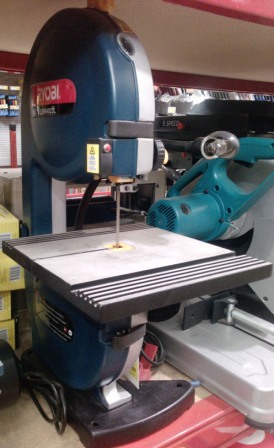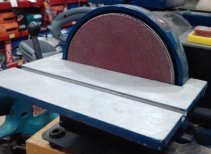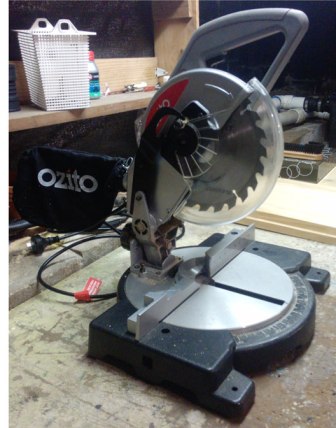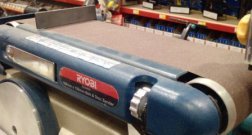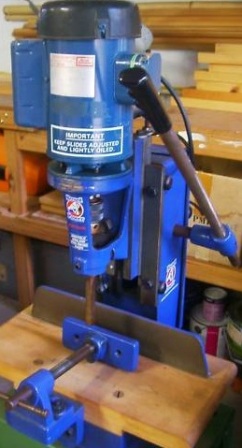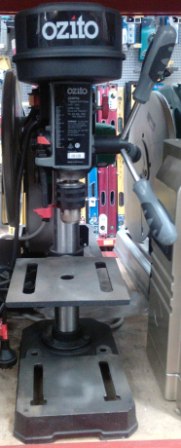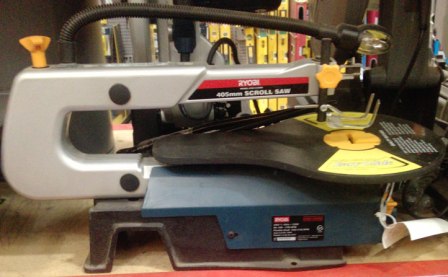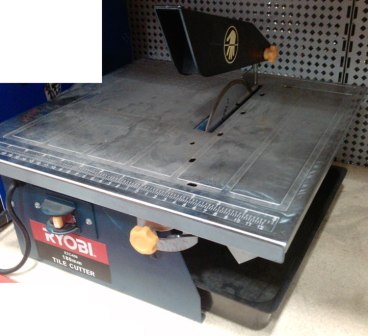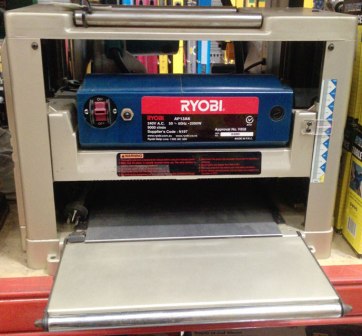| Home & Contact |
|
|||||||||||||||||||||
|---|---|---|---|---|---|---|---|---|---|---|---|---|---|---|---|---|---|---|---|---|---|---|
| Home Contact Me |
||||||||||||||||||||||
| Timber | ||||||||||||||||||||||
| Solid Timber Particle Board Plywood MDF Veneer |
||||||||||||||||||||||
| Joints | ||||||||||||||||||||||
| Butt Mitre Rebate Housing Halving Dowel Biscuit Dovetail Mortise and Tenon Bridle Tongue and Groove |
||||||||||||||||||||||
| Finishes | ||||||||||||||||||||||
| Stains Oils Wax Acrylic Polyurethane |
||||||||||||||||||||||
| Adhesives | ||||||||||||||||||||||
| PVA Epoxy Polyurethane Contact Adhesive |
||||||||||||||||||||||
| Components | ||||||||||||||||||||||
| Nails Screws Hinges |
||||||||||||||||||||||
| Tools | ||||||||||||||||||||||
| Hand Tools Power Tools |
||||||||||||||||||||||
| Facts and Tips | ||||||||||||||||||||||
| Hardwood Softwood Seasoning Wood Layers Woodwork Tips |
Copyright © 2010 - 2019 woodworkbasics.com. All Rights Reserved.
Best Viewed in Screen Resolution 1280 × 720 or Higher
